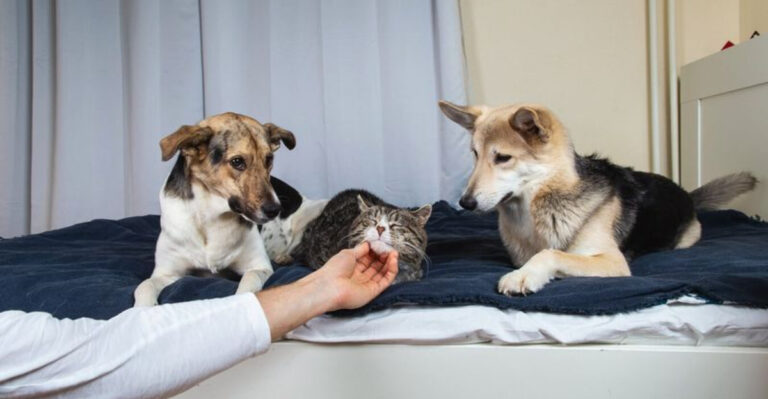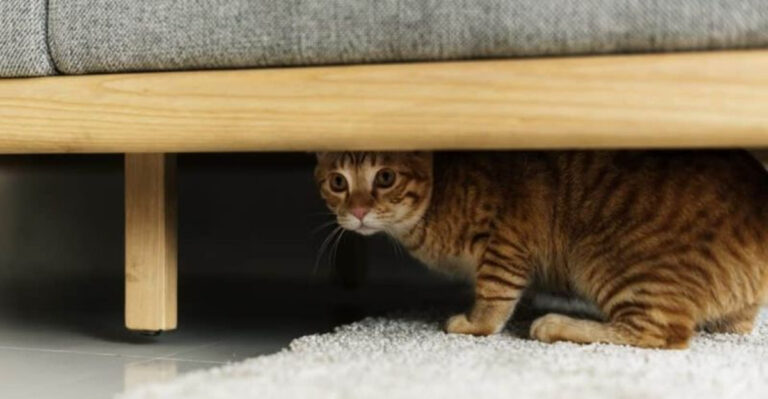15 Warning Signs Your Cat Is Suffering From Trauma And How To Help Them
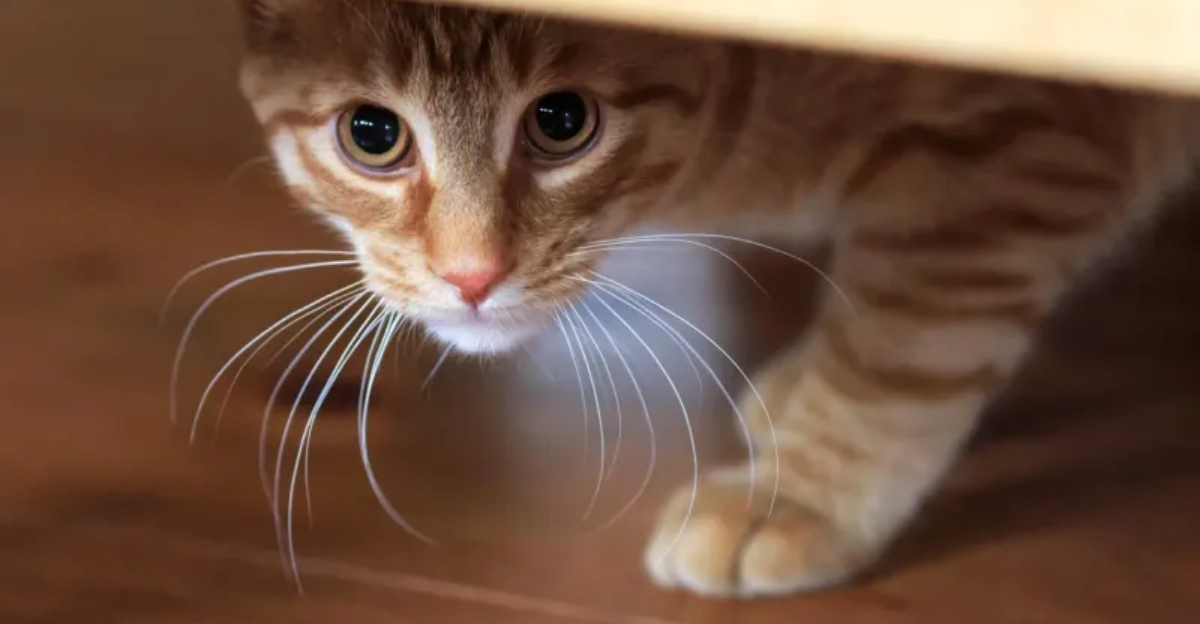
Cats, unlike their canine counterparts, are masters of disguise when it comes to hiding their feelings. Often, traumatic experiences leave subtle imprints on their behavior that can easily be mistaken for normal feline aloofness.
As a cat parent, recognizing these signs can make a world of difference in helping your feline friend heal from past wounds.
1. Signs Of Aggressive Behavior
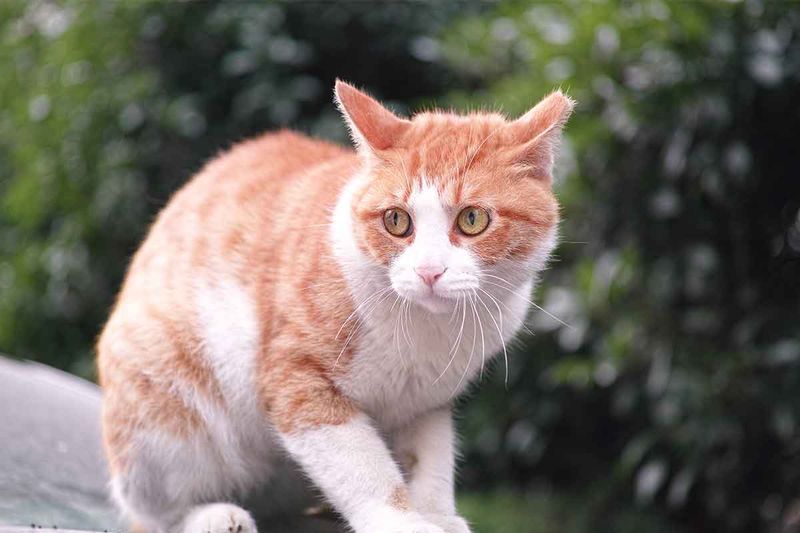
Aggression is a common response in cats that have experienced trauma, with behaviors often rooted in fear or past threats. A once-gentle feline may suddenly lash out, scratch, or bite, seemingly without provocation.
This aggression can be a defensive mechanism to protect themselves from perceived dangers. Creating a calm environment and avoiding sudden movements can help soothe their nerves.
Consult a veterinarian or animal behaviorist for professional advice if needed. Patience and consistent positive reinforcement are key in helping them regain trust.
2. Trembles Most Of The Time
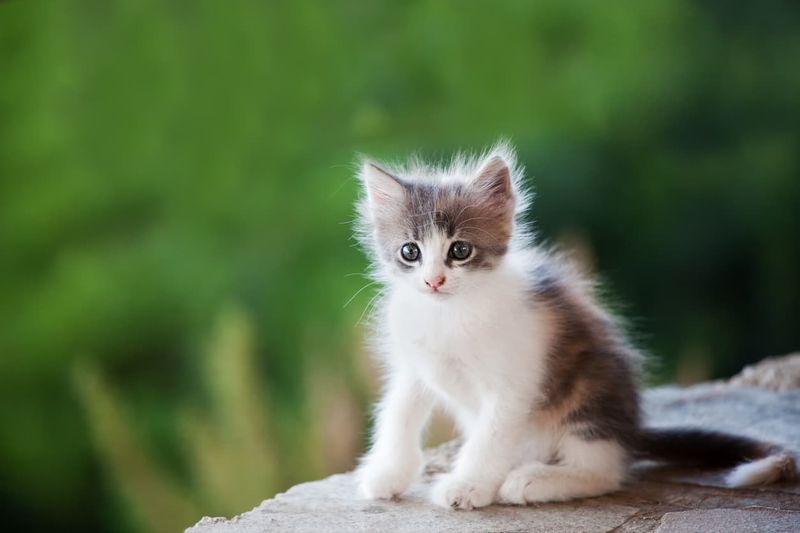
Trembling in cats is not just a passing chill but a potential indicator of anxiety or fear. This can often stem from a distressing experience that lingers in their memory.
When a cat trembles frequently, it’s essential to provide them with a safe space where they feel secure. Soft bedding, gentle music, and your calm presence can make a significant difference.
If trembling persists, seeking advice from a veterinarian can help rule out medical conditions and provide a path forward for emotional healing.
3. Fear Of Being Alone
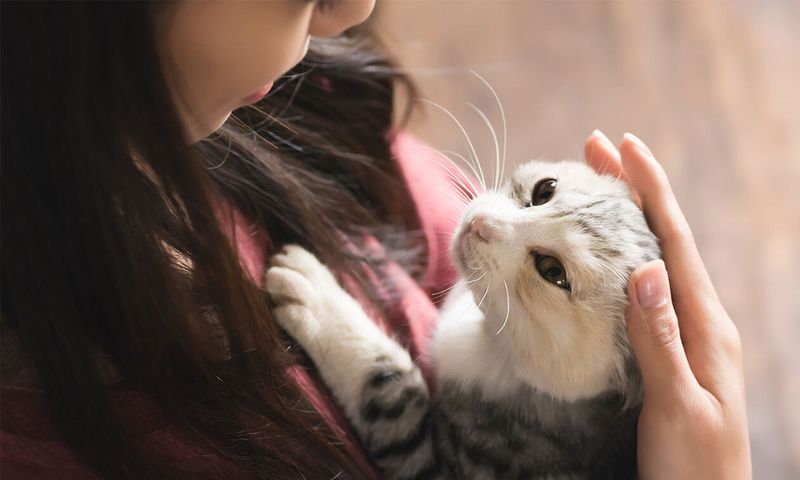
Cats may develop a fear of being left alone due to past traumatic events, leading to excessive vocalization or anxiety.
This separation anxiety can manifest as loud meowing or destructive behavior. Providing interactive toys and a cozy nook can help ease their stress.
Gradually increasing the time you spend away can also help them adjust. In severe cases, consulting with a professional can offer tailored strategies to reduce their anxiety and help them feel more comfortable during your absence.
4. Sudden Changes In Temperament

Sudden shifts in a cat’s temperament, such as going from cuddly to combative, may signal underlying emotional turmoil.
These changes can be unsettling, both for the cat and its owner. Observing patterns and potential triggers can offer insights into their distress.
Ensuring a stable routine and a nurturing environment helps them feel secure. Professional guidance might be required to address deeper issues.
Remember, understanding and empathy can pave the way to restoring their emotional balance and improving their quality of life.
5. Loss Of Appetite
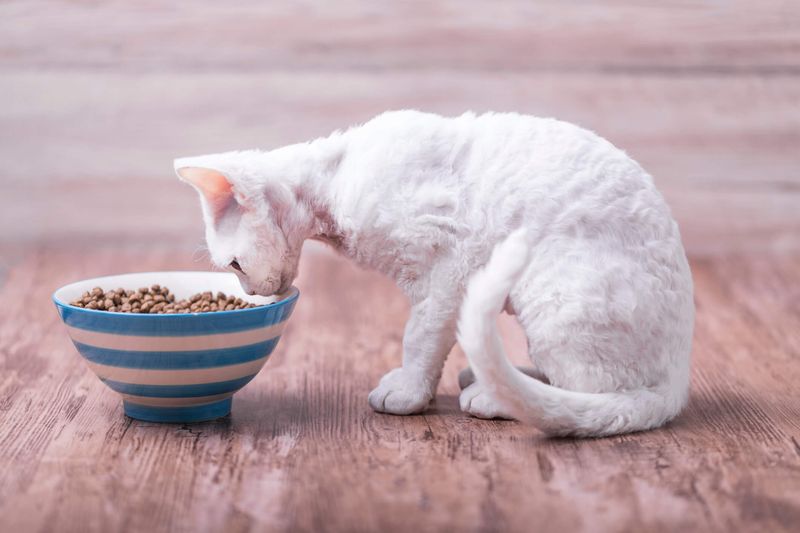
A cat’s refusal to eat can be an alarming sign of stress or trauma. Sudden changes in their environment or routine are common culprits.
Providing familiar foods and maintaining a consistent feeding schedule can encourage them to eat. Sometimes, enticing them with treats or trying different textures can pique their interest.
If the loss of appetite continues, consulting a veterinarian is crucial, as prolonged lack of nutrition can lead to serious health complications. Understanding their preferences can help restore their appetite and well-being.
6. Weight Loss
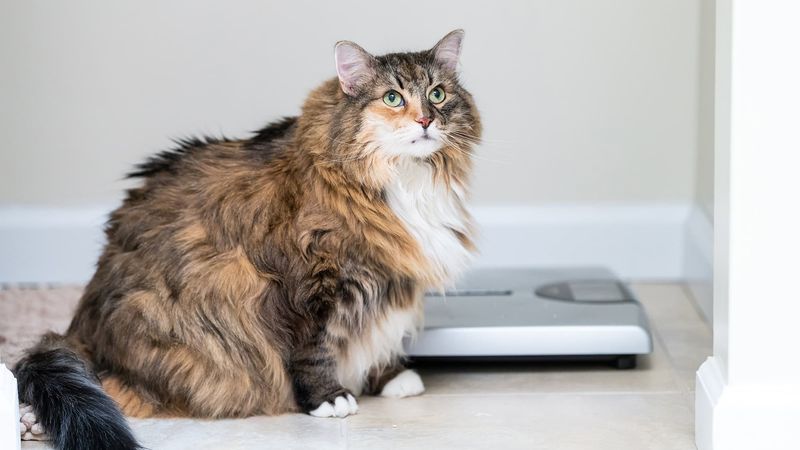
Significant weight loss in cats is a red flag that warrants attention, often indicating trauma or stress. It can stem from various factors, including refusal to eat or excessive energy expenditure.
Regularly monitoring their weight and ensuring they have access to nutritious food is vital. Creating a peaceful eating environment and offering high-calorie food can help.
If weight loss persists, seeking veterinary advice is essential to rule out underlying health issues. Proactive care and attention can aid in their recovery and return to a healthy weight.
7. No Interest In Play
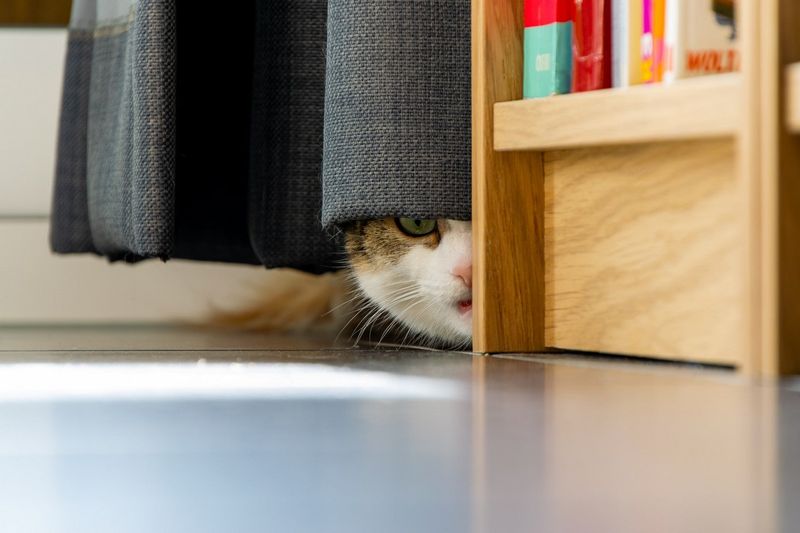
When a cat loses interest in playtime, it might be more than mere laziness—it can reflect emotional distress. Play is a natural outlet for energy and stress, and its absence can indicate deeper issues.
Reintroducing play with variety and patience, using different toys or games, can reignite their interest. A stimulating environment can also encourage activity.
Should this indifference persist, consulting with a professional can help uncover the root cause. Engaging them in regular play can promote mental and physical well-being and alleviate their distress.
8. Need For Affection

Some cats, when dealing with trauma, become unusually needy, seeking constant affection as a comfort mechanism.
Their clinginess can be a way to ensure safety and security, reflecting their fear of recurring trauma. Offering them love and attention can help ease their anxiety.
Maintaining a regular schedule with cuddles and interactive play strengthens the bond and reassures them of their safety.
In cases where their neediness becomes excessive, a behaviorist can provide strategies to foster independence while still supporting their emotional needs.
9. Excessive Meowing

Excessive meowing in cats may seem like an orchestra of annoyance, but it often signals insecurity or anxiety.
Changes in their environment can trigger this vocalization. Responding with patience and identifying specific stressors can help mitigate their anxiety.
Providing a stable routine and comforting presence can make them feel secure. If the meowing becomes too frequent, seeking advice from a professional can offer solutions tailored to their needs.
Remember, understanding the underlying cause can help silence the cacophony and restore peace.
10. Increased Escaping
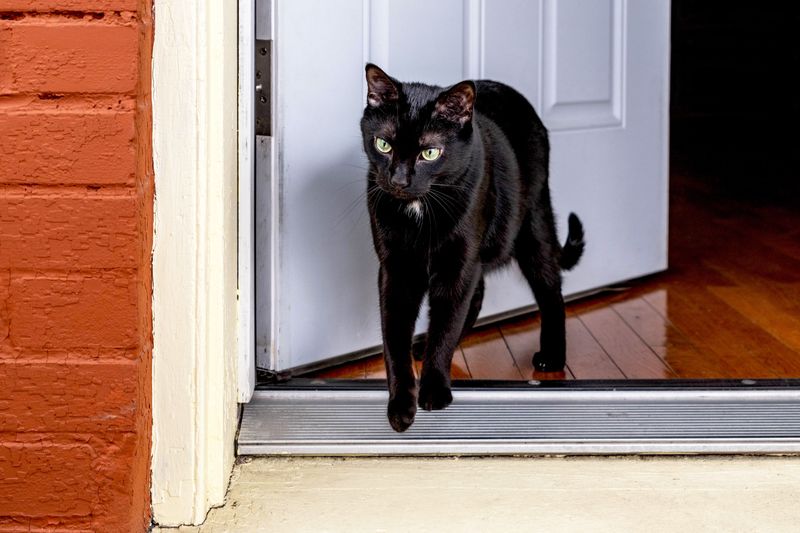
Cats that have experienced trauma may develop a penchant for escape, seeking to flee environments reminiscent of past pain.
This behavior can be both a cry for help and an attempt to find solace. Securing your home to prevent escapes and offering safe exploration areas can help.
Supervising outdoor time or using harnesses can allow them to explore safely. Professional guidance may be needed to address persistent escaping behavior.
Empowering them with safe boundaries can help curb their urge to flee and build trust.
11. Increased Hiding
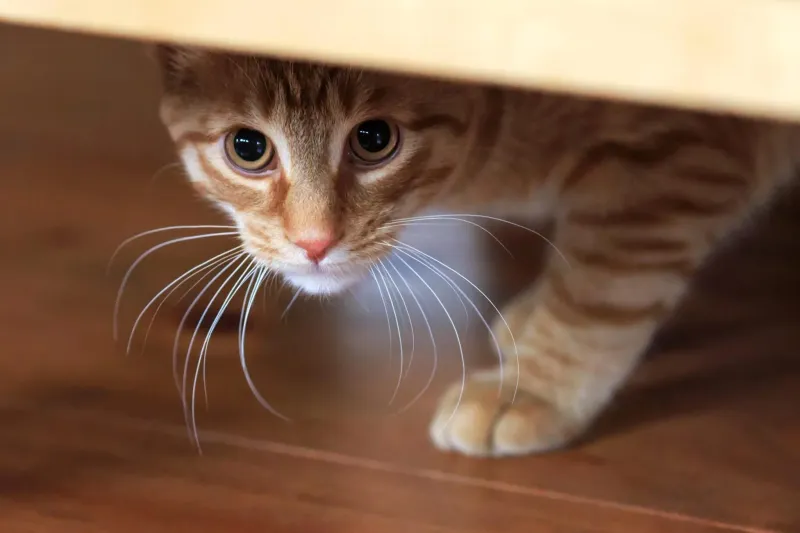
When a cat frequently retreats to hide, it may be more than a game of hide-and-seek—fear and anxiety might be at play.
Providing quiet, safe spaces where they can comfortably retreat is essential. Encourage their emergence with gentle coaxing and treats.
If hiding becomes excessive, it could indicate deeper emotional distress. Consulting with a veterinarian or behaviorist can offer strategies to address their fears.
Ensuring they have a balance of solitude and interaction can support their emotional healing and encourage open interaction.
12. Destructive Behavior Problems
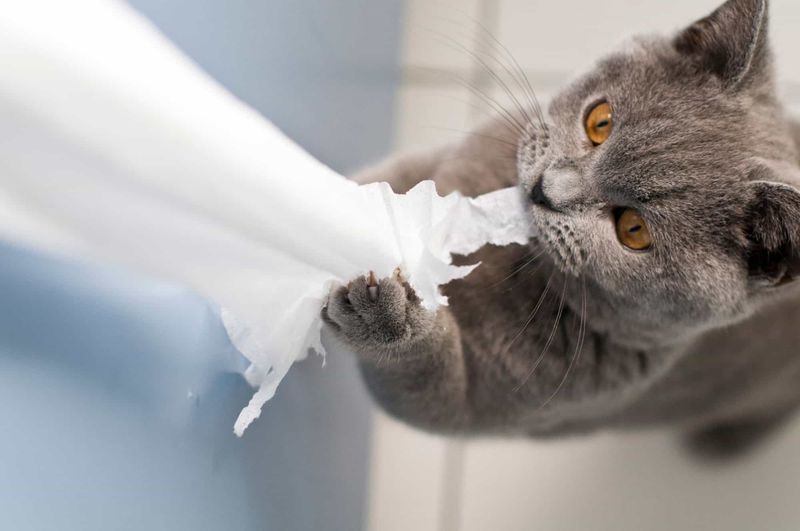
Destructive behavior in cats, such as scratching or biting, often signals underlying stress or anxiety, sometimes rooted in trauma.
This behavior can wreak havoc on your home but is often a cry for help. Providing appropriate outlets, like scratching posts and toys, can redirect their energy.
Understanding their triggers and offering a stable environment can reduce stress. If the behavior persists, professional advice may be necessary.
By addressing the root cause and providing constructive outlets, you can help them express themselves positively and preserve your furniture.
13. Inappropriate Urination And Defecation
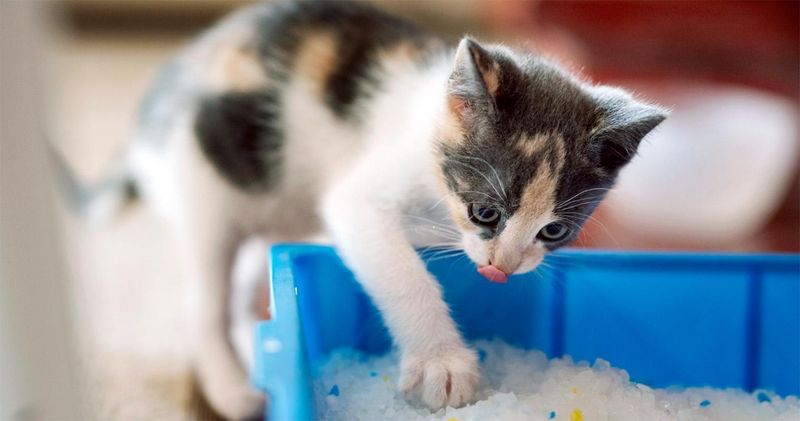
Sudden changes in litter box habits can be a clear signal of stress or trauma in cats. This behavior may arise from environmental changes or fear associated with the litter box itself.
Ensuring the litter box is clean and in a quiet location can encourage proper use. Experimenting with different types of litter may also help.
If inappropriate behavior continues, a veterinarian can check for underlying health issues. Addressing these concerns can foster a healthy litter box routine and ease their discomfort.
14. Excessive Grooming Or Self-Harm
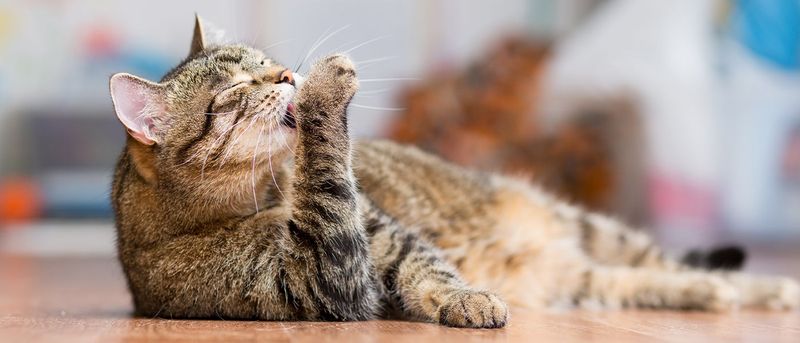
Cats that groom excessively may be attempting to soothe themselves, a behavior often linked to stress or trauma.
This can lead to bald spots or skin irritation. Providing them with stress-relief tools, like calming products or engaging activities, can reduce the urge to over-groom.
Consulting a veterinarian can rule out underlying medical issues and offer solutions tailored to their needs.
Understanding their triggers and offering alternative comfort methods can help manage this behavior and improve their overall well-being.
15. Hissing Or Growling At Familiar People

Cats that have experienced trauma might exhibit aggression towards people they once trusted, associating them with past negative experiences.
This behavior can be challenging for pet owners but is often rooted in fear. Building trust through gentle interactions and respecting their space can help.
Professional guidance can offer insights into their behavior and strategies to rebuild the relationship.
Patience and empathy are crucial in helping them overcome their fears and reestablish trust, allowing for a harmonious coexistence and a loving bond.


